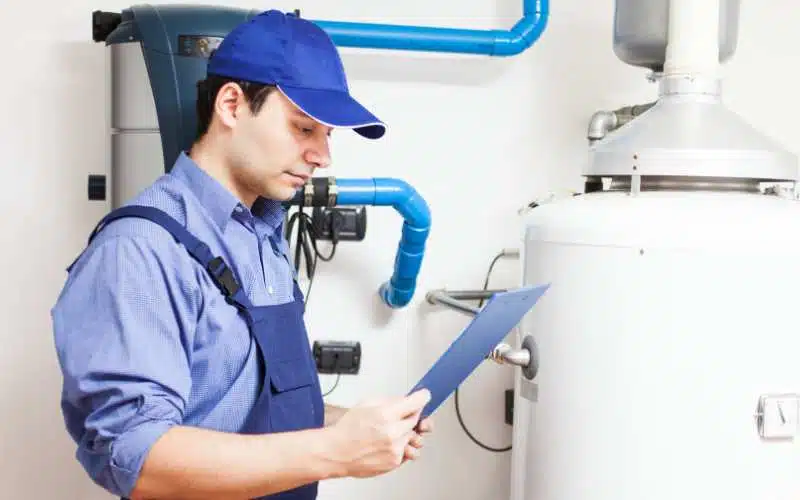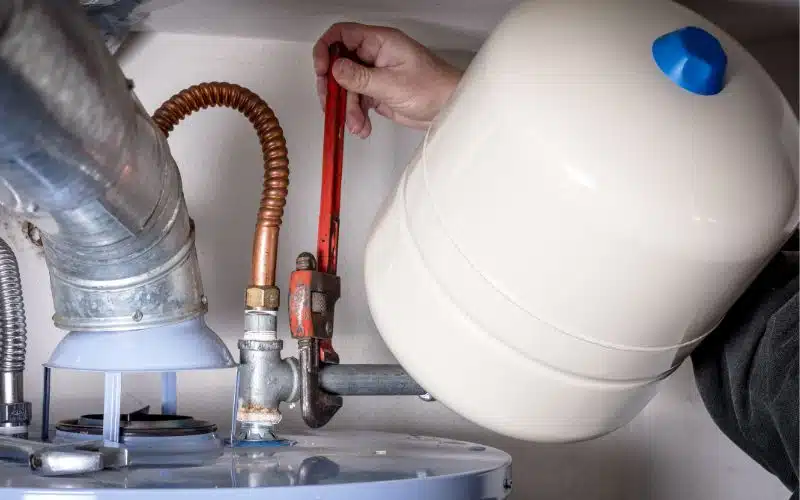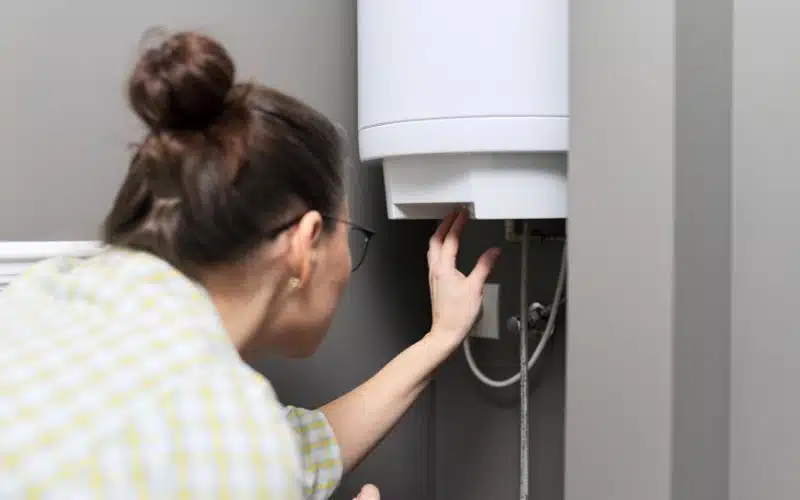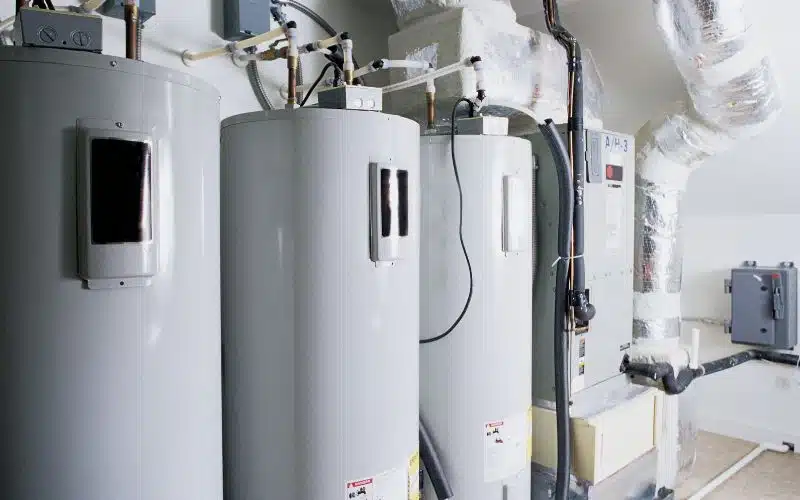The HVAC system surely needs fixing if it faces low superheat and low subcooling for something that should provide thermal comfort and the best indoor air quality.
But unfortunately, even with its significant heating, ventilation, and air conditioning functions, your HVAC system sometimes performs poorly.
As this article progresses, keep in mind that we will see ways to fix low superheat and low cool and how to do it step by step.
We will also see HVAC’s causes of low superheat and low cool, how to troubleshoot it, and what happens if the superheat becomes too low. So, please stick with me as we unveil all these answers together.
Despite the complication, low superheating is an excess amount of refrigerant with less than enough heat in the evaporator. In contrast, low cool indicates that the amount of refrigerant in the condenser is in excess. And low cool occurs concurrently with low superheat either from a defective capacitor, bad motor, or other external factors.
How to Fix Low Superheat and Low Cool in HVAC (Step by Step)?

The answer to fixing low superheat does not just appear like that; you must follow some steps to get there.
Below are the steps to follow before actually fixing the problem of low superheat and low subcooling:
#1. Step 1: Requirements
The following are what you need to measure low superheat;
- A calibrated thermometer that is accurate
- Calibrated pressure gauge that is accurate
- There should be good contact between the thermometer and the line
- It would be best if you adequately converted pressure to a saturation temperature
#2. Step 2: Calculating Superheat
Knowing how to measure low superheat should come first before determining whether or not it is low and needs fixing.
- It would be best to connect the vapor suction side to the pressure gauge between the evaporator and compressor.
- In the case of a blend, convert saturation to boiling temperature, whether on digital or analog gauges. Another way to get a conversion is through the paper PT or app-based conversion chart.
- Ensure the temperature sensor has good contact with the line and the tubing is clean. Then as much as possible, take measurements from the same point.
- It would help if you subtracted the saturation temperature from the actual line temperature when you had your superheat (the temperature above boiling point).
#3. Step 3: Identifying the Type of Superheat Measurement
Depending on its purpose, there are three types of superheat measurement. Although the method outlined above in step 2 is the same for all of them, they have different measurement points.
Generally, there are three types of superheat measurement:
#1. Evaporator Superheat
In this type, heat measurement is at the outlet of the evaporator. When checking or setting TXV or EEV, like the evaporator heat at the outlet where you will find the sensor bulb, it is the best type of superheat. You would mostly find this among refrigeration appliances.
One good thing about evaporator superheat is that it tells you the state of your evaporator and how to attend to it.
However, the downside is that it will never give information concerning the refrigerator’s state and temperature immediately when it enters the compressor.
Without a high suction pressure port at the evaporator’s outlet, you cannot measure the superheat temperature. And this seems to be absent in so many A/C systems.
#2. Discharge Superheat
Here in this superheat, the measurement usually results from comparing the temperature of the discharge line.
It gives information concerning the amount of heat gained through the compressor, the suction line, and the evaporator.
One outstanding advantage of this superheat measurement is that you determine the compressor’s performance with it.
#3. Compressor Superheat
In this type, you can carry out superheat measurements outside the condensing unit just before the compressor.
You would prefer this more when setting charge via superheat because doing so will best control the superheat.
In addition, it is the most accessible point to gain setting accuracy and extend the life of your compressor.
The advantage of the superheat is that it gives complete information about the state and temperature of the refrigerant entering your compressor.
Meanwhile, the disadvantage is that the superheat may be lower at the coil, thereby limiting its optimization.
#4. Step 4: Time to Charge
In air conditioning systems, you will use superheat as your charging indicator for a piston or fixed metering device.
And your piston can either be seated or unseated depending on where the refrigerant flows; it is brass with a hole running through it. It has the name piston because of its ability to move back and forth.
Three Tips to Fix Low Superheat and Low Cool in HVAC
#1. Using Fixed Orifice Metering Device
If, after using this device, you discover that your superheat is low while there is a high suction pressure, you can increase the superheat by removing the refrigerant.
#2. Using the Proper Piston Size
The underfeeding or overfeeding of the evaporator with refrigerant has a profound influence from using the wrong piston size.
Therefore, the condenser’s specification should be the determining factor when choosing the piston size for your fixed metering device.
#3. Adjusting TXV
For a TXV system with a seriously fluctuating superheat while all other parts are normal, you can adjust the TXV manually or replace it entirely.
What Causes Problems in Low Superheat and Low Cool in HVAC?
The two tables below will highlight the causes of low superheating and low cooling and how they affect your HVAC system.
Table 1: Shows the causes and effects of low superheat HVAC
| Causes | Effects |
|---|---|
| Metering overfeed | It occurs when your fixed metering device overfeeds from too much refrigerant entering it without any regulation. As this goes on, it will result in a flooded coil. |
| Low evaporator airflow | The evaporator airflow is what heats the refrigerants into vapor over coils. Without it, there will low superheat. If the refrigerant does not vaporize, it will enter into the action line and compressor, causing damage you cannot repair. |
| Low condenser airflow | Condenser airflow is what causes condensing temperature and pressure to increase. As a result, refrigerant is delivered overcharged to the metering device, resulting in low superheat and subcooling. |
| Uninsulated TEV | If uninsulated, the thermostatic expansion valve (TEV) will cause the fixed metering device to overfeed, causing high suction and discharge pressure. Which will then result in low superheat. |
| Refrigerant overcharge | When too much refrigerant enters the coil, it lacks the heat to vaporize it, causing less than enough evaporator and condenser airflow. And this is what you call a refrigerant overcharge. |
| Oversized equipment | Your system will become oversized when it lacks enough heat it requires to vaporize refrigerant. |
Next, here are the causes and effects of low cool HVAC:
| Causes | Effects |
|---|---|
| Undersized metering device | Allows only a small amount of refrigerant to enter the evaporator coils, causing low cool. |
| Low refrigerant in the condenser | When refrigerant is absent, no vaporizing will result in a low cool. But if there is low suction, the superheat will help discover the cause from little heat or no refrigerant. |
| Defective capacitor | It is what causes the motor to have problems. If the motor reduces speed, it causes a domino effect on the entire system. |
Troubleshooting With Superheat, Low Cool in HVAC
- In cases of high superheat and low cool, you should charge because your HVAC system is undercharged.
- When it is a low superheat and high cool, you should adjust because the system is overcharged this time.
- If it is a high superheat and cool, the coil orifice or line set may suffer from blockage.
- So in low superheat and low subcooling, the main reason could be the orifice becomes too big and stuck so that the refrigerant starts bypassing it.
What Happens If Superheat is Too Low?
When superheat becomes too low, the evaporator does not have enough heat to vaporize the refrigerant.
Then the refrigerant finds its way into the compressor, causing slugging and damaging the valves of the compressor or other internal systems of your HVAC.
Note also that this refrigerant, if it keeps moving, will end up getting in contact with oil, which will end up reducing lubrication and increase the chances of wear and tear. And this will cause your entire HVAC system to fail.
Conclusion
To fix low superheat and low subcooling, this article highlights four basic steps to do so.
And now you know three tips to fix low superheat and low cool and the causes and effects of superheating and low cool on HVAC systems.
Finally, I am sure you can troubleshoot HVAC systems with superheat and low cool.





